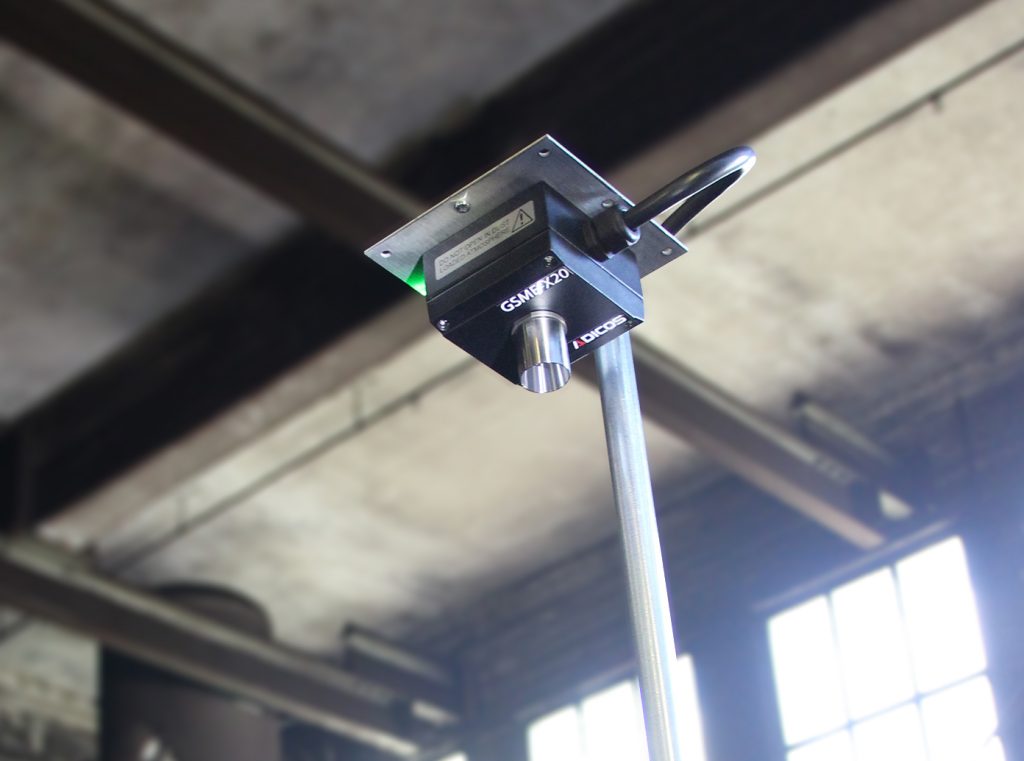
Industrial Fire Detection
Typical Application Scenarios
In power plants, ports, transshipment facilities or recycling facilities, there is always the risk of embers being carried over during transport of flammable goods on conveyor systems. If, for example, sparks are brought in from defective shredders or if already ignited material is delivered, reliable detection must take place before storage. The use of infrared detector arrays is a tried and tested method here. The short response speed in combination with the high sensitivity and spatial resolution enables the detection of glowing fires close to the surface.
If combustible material is transported on conveyor systems, the possible coverage of a smoldering fire by non-burning material can play a role. In such a case it can happen that the overlying material is heated to such an extent that detection on the visible surface is possible. However, in order to ensure reliable detection in the other cases as well, the arrangement of the detectors is chosen, for example, so that the discharge parabola of a conveyor belt can be monitored. An alternative that is less susceptible to contamination is to place two detectors just in front of and immediately behind the belt. This arrangement makes use of the fact that a possibly concealed glowing nest on the first band lies at least partially open on the surface after being poured over and is thus detectable.
Monitoring of Feed Hoppers and Shredders
Ignition can happen at feed hoppers of conveyor systems or shredders for combustible materials, when system defects or material jams occur. Here, the targeted placement of several infrared detectors is an option. This enables the fire hazard to be quickly localized in the event of an alarm. The system operator can react immediately and also move mobile system parts such as conveyor cranes away from the source of the fire.
Infrared detectors are used to detect system damage at an early stage, e.g. on conveyor systems in rooms with high ceilings, strong ventilation or outdoors. The focus lies on damage scenarios such as hot-running drives, motor overheating, dragging chains and belts. Thanks to target-oriented parameterization and intelligent signal evaluation, the fire detector not only alarms at an early stage, but also provides information about the location or position of the possible source of the fire. Using infrared detectors, the detection distance or “line of sight” to the object to be monitored must be free. If it is interrupted or obscured by other objects or by smoke and fumes, several detectors with different fields of views may have to be placed.
Gas detectors of type GSME detect open and concealed smoldering fires already in the incipient stage. They can be used, for example, inside storage bunkers or in the headspace of silos. The multi-criteria evaluation makes it possible to specifically distinguish and tolerate interference caused by natural outgassing of conveyed materials or exhaust gases from conveyor vehicles from gases of real fires. When the system is put into operation, a signal spectrum is first recorded that allows the gas loads that are common on site to be taken into account in the internal evaluation of the gas detector.
Industrial Fire Detection ADICOS


